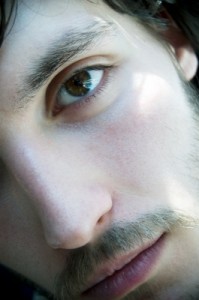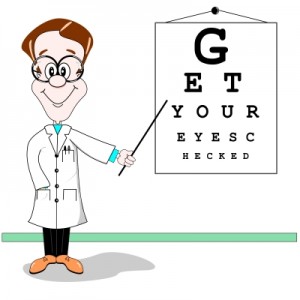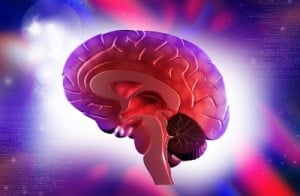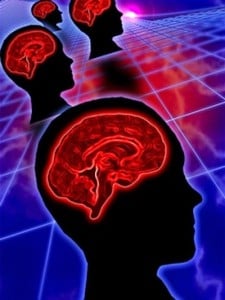by Dr. Jolene Ross
“Jessica’s* eye turns way out to the side”,
her mother told me. “She is supposed to have surgery for it in a couple of months.” Jessica’s mother looked very nervous, but believed that surgery was the only possible solution for this problem.
“Give me a little time.” I replied.
Her mother looked at me with a look of confusion and surprise.
“Well, when we do our QEEG’s (electronic EEG’s), we typically see the signature for this. The brain runs the eyes and controls the eye muscles. So, with neurofeedback, we have been able to bring a wandering eye in and properly under control.”
This was particularly important for Jessica, because with impaired vision, she did not have a learning channel and was really struggling in school. With eye turn, the eyes do not work together, making reading much slower and much harder. Since vision often uses more of the brain’s resources than any other function, the brain must put a great deal of effort into vision during reading, much more when there is eye turn. That means much less of the resources will go into reading comprehension, which, in these cases, is typically low. With poor reading comprehension and greater effort required for reading, most children with eye turn avoid reading whenever possible and do not become recreational readers.

What is wandering eye? What are treatment options? Why would we want to use neurofeedback to treat this condition?
Also called Strabismus amblyopia, unequal alignment of the eyes.
Turn in – Esotropia, cross eyed
Turn out – Exotropia, wall eyed
Surgery for unequal alignment shortens the muscle to cosmetically straighten the eye, but this may not improve vision in the amblyopic eye. However, eyes often go back to being misaligned after surgery. There is a 30% to 80% success rate. Early intervention during the critical period when vision is developing further acuity can be beneficial, but only if the outcome is perfect. If not, the eyes will not work as a binocular team. Perfect means the eyes must be perfectly aligned and suppression (ignoring input from one eye) should no longer happen. If the surgery is not perfect the patient may continue to experience suppression, or the patient may see double.
Here at Advanced Neurotherapy, I have seen a number of children with eye turn. Eyes work together, which is known as binocular vision. Binocular vision produces depth perception, and when depth perception improves clumsiness is reduced. Children stop bumping into furniture, tripping over things and bumping into other people. Given that we see the signatures on our QEEG’s, we can develop neurofeedback treatment protocol to address this problem. In most cases, we can bring the eye in so that binocular vision is established, dramatically improving the function of the eyes in general, not just during reading.
Does the effect of this eye turn correction last?

I had the occasion to meet one of my eye turn clients eleven years after neurofeedback. He was doing intensive neurofeedback therapy, which means he was having sessions daily. It was summer and he was taking sailing lessons in the morning. He stopped going to sailing lessons for a week. His mother explained that he could not go sailing because he had gotten very dizzy while sailing. By the end of the week, the dizziness had resolved and his eye was very close to being normally aligned, an improvement of approximately 30 degrees. Eleven years later, when I met him again, he was about to transfer to a very competitive college. He was a very good student, highly motivated, and quite a reader.
As for Jessica, she was not an auditory learner and, with eye turn, she was not a visual learner either, making learning a very serious challenge. By the end of her neurofeedback treatment, her eye was aligned, surgery had been averted, and she had a visual learning channel, which meant her grades went up in school. With the addition of improvements in her auditory processing capacity resulting from neurofeedback, she was much more able to learn through listening as well. We are very proud of how well Jessica has used her enhanced learning capacity.
*Names have been changed to protect patient privacy
First image courtesy of graur razvan ionut at FreeDigitalPhotos.net
Second image courtesy of graur razvan ionut at FreeDigitalPhotos.net
Third image courtesy of Mister GC at FreeDigitalPhotos.net








